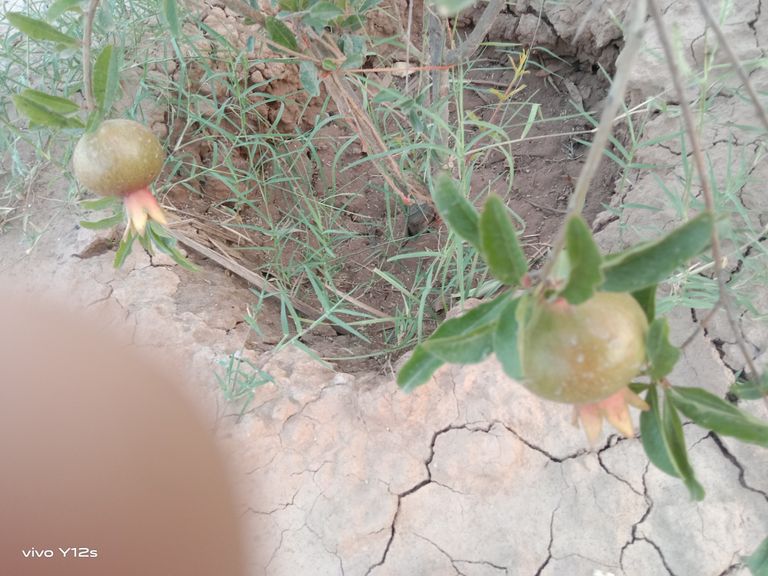Pomegranates are visually stunning fruits with their vibrant red color and unique texture. Here's a brief description of how you can capture beautiful photographs of pomegranates:

Select fresh and ripe pomegranates: Choose pomegranates that have a deep red color and feel heavy for their size. This indicates that they are ripe and will look visually appealing in your photographs.
Lighting: Natural light works best for fruit photography. Set up your shoot near a window or in a well-lit area to make the most of the available light. You can also use a reflector or diffuser to control the lighting and reduce harsh shadows.

Composition: Experiment with different compositions to make your pomegranate photographs visually interesting. You can try placing the pomegranates in a bowl, arranging them in a pattern, or capturing a close-up shot of a single fruit. Be creative and play around with different angles and perspectives.
Background and props: Choose a clean and uncluttered background that complements the vibrant red color of the pomegranates. You can use a plain white or black background for a classic look, or try using textured surfaces like wooden boards or fabric for a more rustic feel. Adding props like a knife, a cutting board, or scattered pomegranate seeds can enhance the composition and storytelling of your photograph.
Focus and depth of field: Pay attention to the focus of your shot. You can choose to have the entire pomegranate in focus or create a shallow depth of field by focusing on a specific area, such as the seeds or the stem. Experimenting with different focal points can create unique and visually appealing images.

Details and close-ups: Pomegranates have intricate details, such as the seeds and the crown on top. Capture close-up shots to highlight these details and showcase the fruit's unique characteristics. Macro lenses or lens attachments can help you capture stunning close-up shots with rich detail.
Post-processing: Once you have captured your pomegranate photographs, you can enhance them further using photo editing software. Adjust the exposure, contrast, and saturation levels to make the colors pop. You can also crop the image or apply filters to add a personal touch.
Remember, the key to successful fruit photography is to experiment and have fun. Try different techniques, compositions, and lighting setups to create your own unique style and capture the beauty of pomegranates in your photographs.
Greetings,
Thank you for this effort to publish quality content in the community
Blurtconnect and Blurtafrica to the world.
I am happy to inform you that your content is curated by team members at @blurtconnect-ng.
Peace
Thank you very much sir